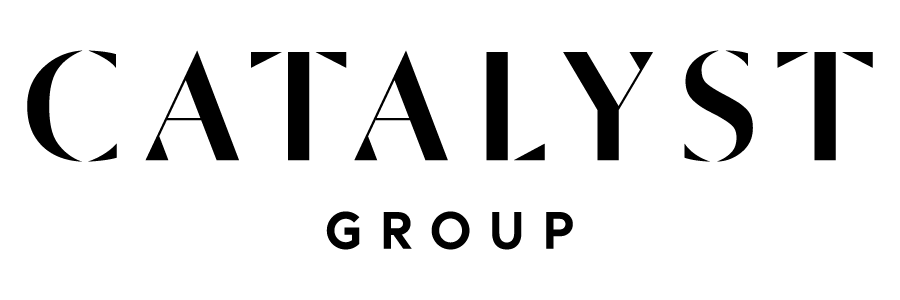As the year draws to a close, December presents the perfect opportunity to reflect on your real estate investments and prepare for the year ahead. Whether you’re an experienced investor or just starting your journey, a thoughtful approach can help you maximize returns and achieve your financial goals. Let’s explore the key steps to real estate investment planning for the new year:
1. Reviewing Your Real Estate Portfolio
Before planning for the future, it’s crucial to assess the performance of your current investments. Here’s how:
Evaluate Performance: Review each property's rental income, appreciation, and overall ROI. Have your investments met your expectations? Identifying underperforming assets helps determine whether to hold, improve, or sell.
Analyze Expenses: Dive into the costs associated with each property, including taxes, maintenance, management fees, and utilities. Understanding these details allows you to optimize profitability.
Assess Market Position: Compare your properties’ market values to their purchase prices. If you’ve built equity, you might explore refinancing or reinvesting in higher-growth opportunities.
Diversification Check: Is your portfolio balanced? Diversifying across property types (residential, commercial) or geographic locations can minimize risks and enhance growth potential.
This thorough review sets the foundation for informed decisions moving forward.
2. Setting Investment Goals for the Next Year
With a clear understanding of your portfolio, it’s time to define your goals for the year ahead:
Define Your Objectives: Are you focused on cash flow, long-term appreciation, or both? Your strategy should align with your broader financial plans.
Identify Opportunities: Explore market trends and identify potential areas of growth. For example, emerging neighborhoods, vacation rental markets, or multi-family properties might offer promising returns.
Set SMART Goals: Make your goals specific, measurable, achievable, relevant, and time-bound. Examples include acquiring two additional properties, increasing net rental income by 15%, or completing renovations on an existing property.
Create an Action Plan: Break down your goals into actionable steps. This could involve budgeting for a down payment, networking with agents, or researching financing options.
Having clear goals will keep you focused and motivated throughout the year.
3. Market Predictions and Planning for Success in the Coming Year
Staying informed about market trends and economic factors is essential for successful real estate investment:
Monitor Economic Indicators: Factors like interest rates, housing demand, and inflation can significantly impact the market. Anticipate how these may affect property values and rental demand.
Research Local Markets: Some areas may experience rapid growth due to new infrastructure, job opportunities, or population increases. Pinpoint regions where your investment dollar will stretch further.
Adopt New Technologies: Digital tools and platforms can streamline property management, from tenant communication to financial tracking. Embracing these tools can save time and enhance efficiency.
Prepare for the Unexpected: Build an emergency fund for unexpected expenses like maintenance or vacancies. A strong financial cushion ensures stability in uncertain times.
By staying proactive and adaptable, you’ll position yourself for success regardless of market fluctuations.
Let’s Plan Your Real Estate Success Together
December is more than a time for reflection—it’s your chance to take meaningful steps toward a stronger real estate portfolio. By reviewing your current investments, setting clear goals, and staying attuned to market trends, you can confidently enter the new year with a plan tailored to your vision of success.
Looking for guidance as you plan for 2025? Us today! Our team is here to provide expert insights, personalized strategies, and market knowledge to help you achieve your real estate investment goals.
Let’s make 2025 your most successful year yet!












































